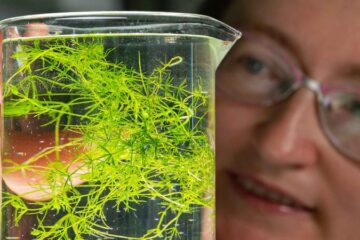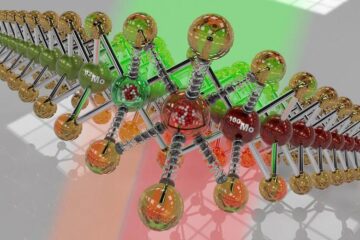Latest News

Measuring Electron Orbitals
Now published in SCIENCE, this method represents a key building block in the development of organic semiconductor elements. Supported by the Austrian Science…

New paper describes connections between Circadian and metabolic systems
The relationship between circadian and metabolic systems the researchers describe could have important implications for understanding the higher incidence of…

Nanotech in Space: Rensselaer Experiment To Weather the Trials of Orbit
The project, funded by the U.S. Air Force Multi University Research Initiative (MURI), seeks to test the performance of the new nanocomposites in orbit. Space…

Funny, you don't look related
When Charles Darwin visited the Falkland Islands during the voyage of the Beagle in 1835, he saw a wolf-like species, wrote about it in his diaries and…

When preschoolers ask questions, they want explanations
The study, by researchers at the University of Michigan, appears in the November/December 2009 issue of the journal Child Development.The researchers carried…

Sponges recycle carbon to give life to coral reefs
Marine biologist Fleur Van Duyl from the Royal Netherlands Institute for Sea Research is fascinated by the energy budgets that support coral reefs in this…











